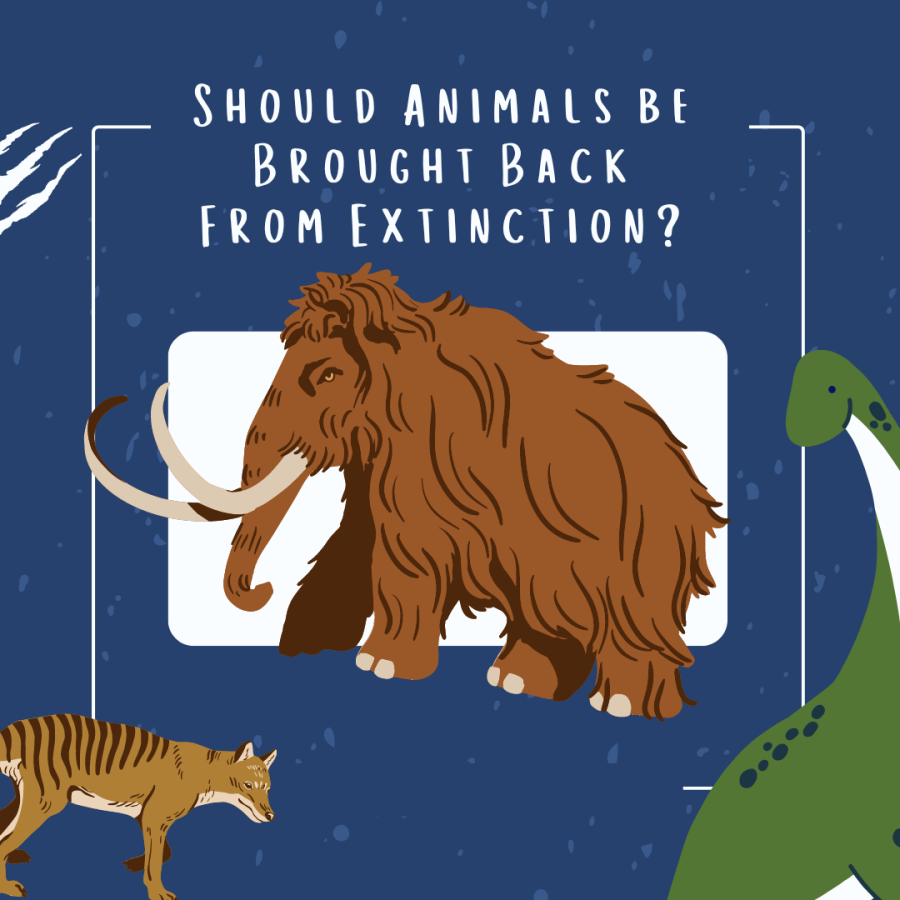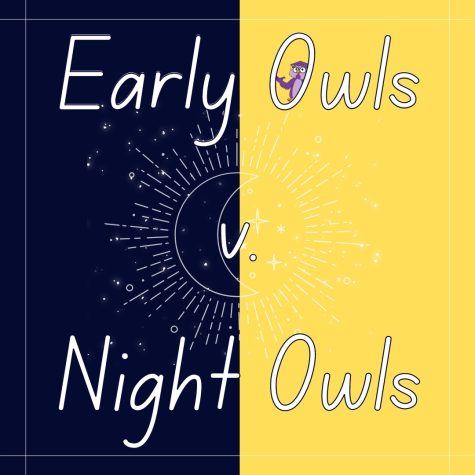SHOULD ANIMALS BE BROUGHT BACK FROM EXTINCTION?
A case study looks into the reintroduction of the Woolly Mammoth.
Imagine the year is 2028 and you happen to stumble into the blisteringly cold Russian arctic tundra, reaching temperatures as low as -9 degrees Fahrenheit. Amongst the moose and reindeer, the ground starts to shake. From out of nowhere, the once thought extinct Woolly Mammoth rumbles along the sheets of snow. In absolute awe of this impossible sight, you being to wonder: should animals like the Woolly Mammoth be brought back from extinction, or is it better to focus on the present and leave these forgotten animals alone?
Benefits
30 Years ago, one would have never thought that humanity would be capable of reviving extinct species like the Woolly Mammoth, but here we are! The scientific company Colossal Bioscience claims, “We have the DNA, the technology, and the leading experts in the field,” but is that enough to carry out the process of de-extinction? It looks like we will have to wait until the year 2027 when the company plans to reintroduce this ancient beast to its natural habitat somewhere in the Northeastern Asian Continent. Aside from absolutely astonishing factors such as the Woolly Mammoth’s size and structure, what are the actual benefits that Colossal Bioscience claims will come with the reintroduction of the Wolly Mammoth? From reversing climate change to saving the modern elephant, the reintroduction of Mammoths seems to come with a multitude of positive benefits, but is it all good news?
Dangers
Although there may be some benefits to bringing back extinct species, there are many dangers that could negatively impact both humans and many ecosystems around the world. One of the greatest impacts that bringing back extinct animals would have is that they would change and possibly upset existing species and ecosystems. This would be a massive change, and introducing these species again would impact the entire world. Although bringing back these animals could have a positive impact on ecosystems, the risk it brings may be too great to ignore. Ironically, bringing back these extinct animals could lead to the extinction of other species.
Students’ thoughts
81.8% of iUP students believe that animals should not be brought back from extinction, with the main factor being that it could disrupt current animals and ecosystems. Another common reason why animals should not be brought back is that students said that evolution should not be messed with and that extinct animals are extinct for a reason. One student even claimed that bringing back extinct animals could lead to “something like Jurassic Park”. While the overwhelming majority of students said that animals shouldn’t be brought back from the dead, two students argued that extinct animals should be brought back with their main reason being that some animals could be dangerous to different environments, but others could offer some benefits.
Conclusion
Overall, there are many dangers and benefits of bringing animals back from extinction. iUP students have mixed feelings about the topic, but with the majority voting that animals shouldn’t be brought back from extinction, we can conclude that it is better that what is left in the past, should stay in the past.

Hi Everyone! I am Marcus and I am your Co-Editor-In-Chief this year at iHoot! This is my 4th year here at iUP & iHoot and I am currently a Junior! ...

My name is Curtis Bamber, and I’m a sophomore here at iUniversity Prep. This is my 4th year here at iUp and iHoot and this year I will be your Co-Associate...

















